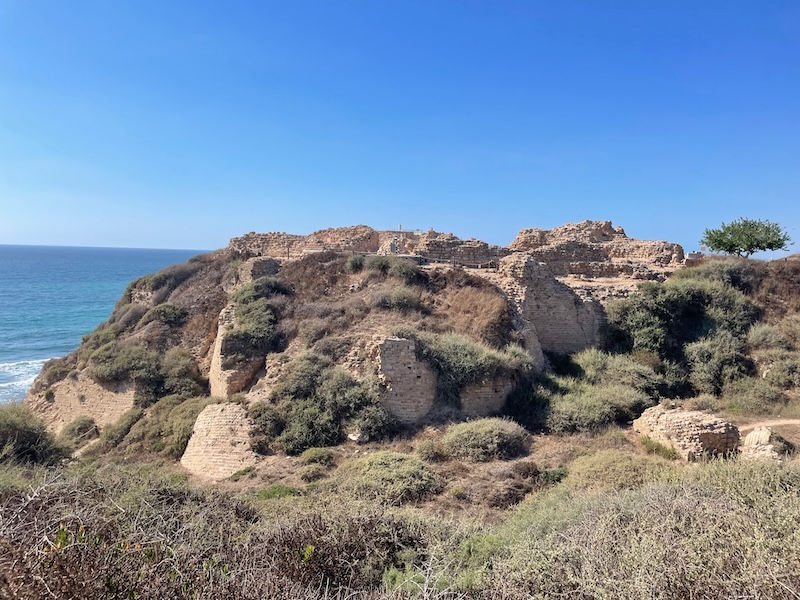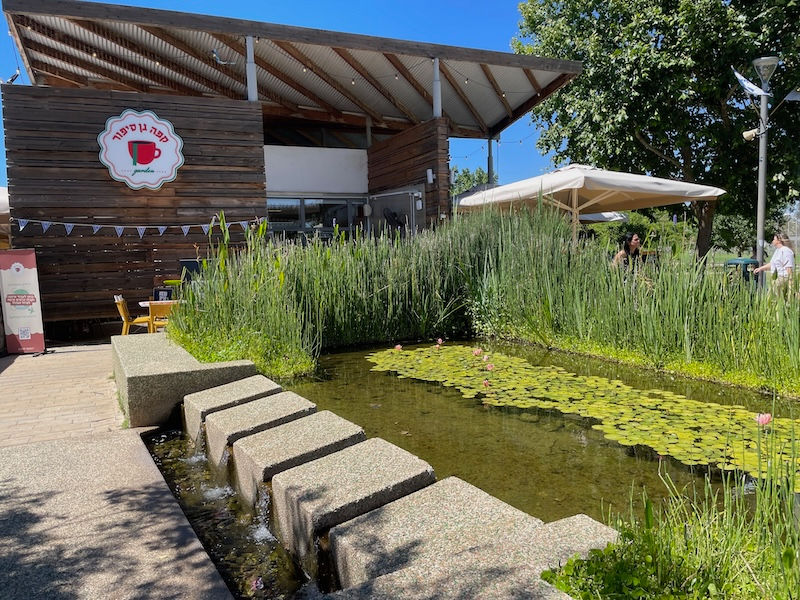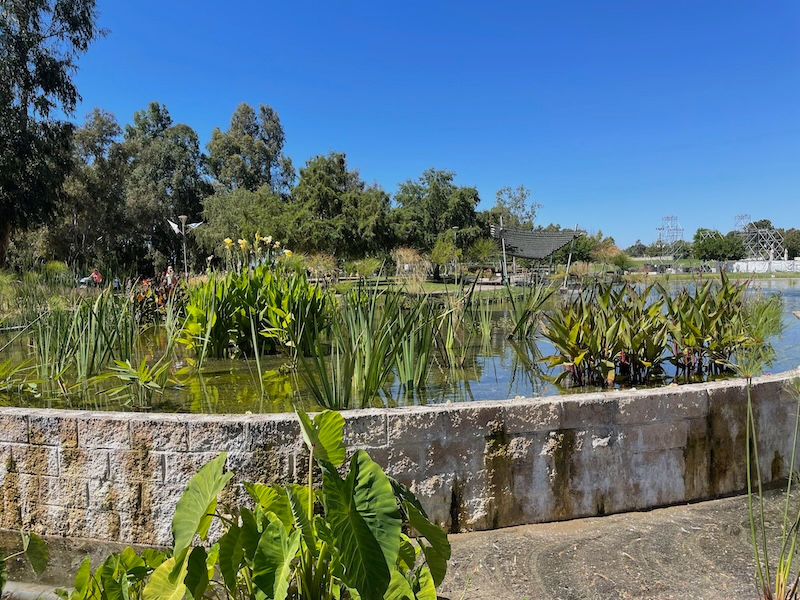herzliya
On the northern edge of Herzliya, high above the sparkling waters of the Mediterranean Sea, lie the mysterious ruins of one of Israel’s most fascinating ancient cities — Apollonia, also known throughout history as Arsuf, Sophronia, and Sozopolis.
This archaeological park is not just a place for a walk — it’s a living encyclopedia of civilizations, preserving traces of Persians, Phoenicians, Romans, Byzantines, Arabs, and Mamluks.
🏺 From Phoenicians to Crusaders
The first settlement was founded here around the 6th century BCE under Persian rule. Originally called Arshuf, after the Phoenician god Reshef, it was inhabited by Phoenicians and Canaanites, whose lives revolved around trade and the sea.
Later, during the Hellenistic period, the Greeks renamed the city Apollonia, equating Reshef with Apollo, god of light and the arts.
Under Roman rule, Apollonia flourished as a prosperous coastal port with amphora workshops, bathhouses, and paved streets.
During the Byzantine era, it reached its architectural peak, adorned with villas, fortifications, and Christian churches.
When the Arabs conquered the area in the 7th century, the city became known as Sufariya (or Sozariya) and remained a key trading hub. In the 12th century, the Crusaders built a mighty fortress to defend the coastline and renamed the city Arsuf.
In 1265, Sultan Baybars and his Mamluk army destroyed the fortress to prevent its recapture by Christians — after which Apollonia was abandoned for nearly 700 years.
🧭 Rediscovery and Archaeology
Archaeological interest in Apollonia reemerged only in the 20th century. Initial digs began in the 1950s, but major discoveries were made in the 1990s. Excavations revealed:
-
Fragments of Roman roads, mosaics, and ceramics;
-
Crusader fortifications and defensive moats;
-
Byzantine villas and storage structures;
-
Underground cisterns and rare glass artifacts.
These finds confirmed the city’s importance as a strategic and cultural hub along the ancient Levantine coast.
Apollonia National Park Today
Today, Apollonia is a national archaeological park where visitors can explore:
-
The Crusader fortress with towers, walls, and scenic lookout points;
-
The Mamluk siege platform — the only one of its kind in Israel;
-
Remains of Hellenistic and Byzantine streets and villas;
-
Restored Roman mosaics and ancient harbor ruins.
A small visitor center displays excavated artifacts, maps, and detailed historical exhibits.
The park sits dramatically on a cliff overlooking the Mediterranean, offering breathtaking views of Herzliya, Netanya, and the turquoise waves below. At sunset, the golden-pink hues of the ancient stones make this one of the most magical viewpoints in Israel.
Opening Hours:
-
Summer: 8:00 – 17:00
-
Winter: 8:00 – 16:00
Admission: 30 NIS per adult
Archaeological Park of Apollonia





Herzliya Park is the city’s largest recreational area — a vibrant urban oasis that blends nature, sports, and culture in perfect harmony.
Nestled in the center of the city, the park offers a peaceful retreat beneath the trees, where it’s easy to forget you’re in the middle of a bustling coastal metropolis. It’s the ideal place for walks, picnics, family outings, and evening festivals.
A Green Vision for the City
The creation of Herzliya Park began in the 1990s, during a period of rapid urban growth. City planners aimed to create a space that balanced modern development with nature, emphasizing ecological sustainability, accessibility, and multi-functionality.
Today, the park spans over 12 hectares, serving as a cultural and natural center for residents and visitors alike.
What to See and Do
-
Spacious picnic lawns with tables and shaded areas
-
A pond with a small bridge and ducks, surrounded by benches and trees
-
Modern playgrounds with safe surfaces and creative play structures
-
Bicycle lanes and running trails around and through the park
-
Outdoor gym equipment for fitness enthusiasts
-
Fountains and shaded alleys, perfect for warm summer days
Events and Activities
Herzliya Park is also a cultural hotspot. Throughout the year, it hosts:
-
Open-air summer concerts and movie nights
-
City festivals, fairs, and sports events
-
Holiday celebrations, including Independence Day, Passover, and Sukkot
The park also features an amphitheater and pavilions used for exhibitions, workshops, and community programsall year round.
Visitor Information
Location: In central Herzliya, near Aba Even and Ben-Gurion Streets.
Getting there: Easily accessible by car, bicycle, or bus.
Opening hours: Open 24 hours a day. The park is well-lit and patrolled at night.
Parking: Both free and paid parking areas available.
Facilities: Restrooms, drinking fountains, a café, and ice-cream kiosks. The park is fully wheelchair accessible.
Herzliya Park




